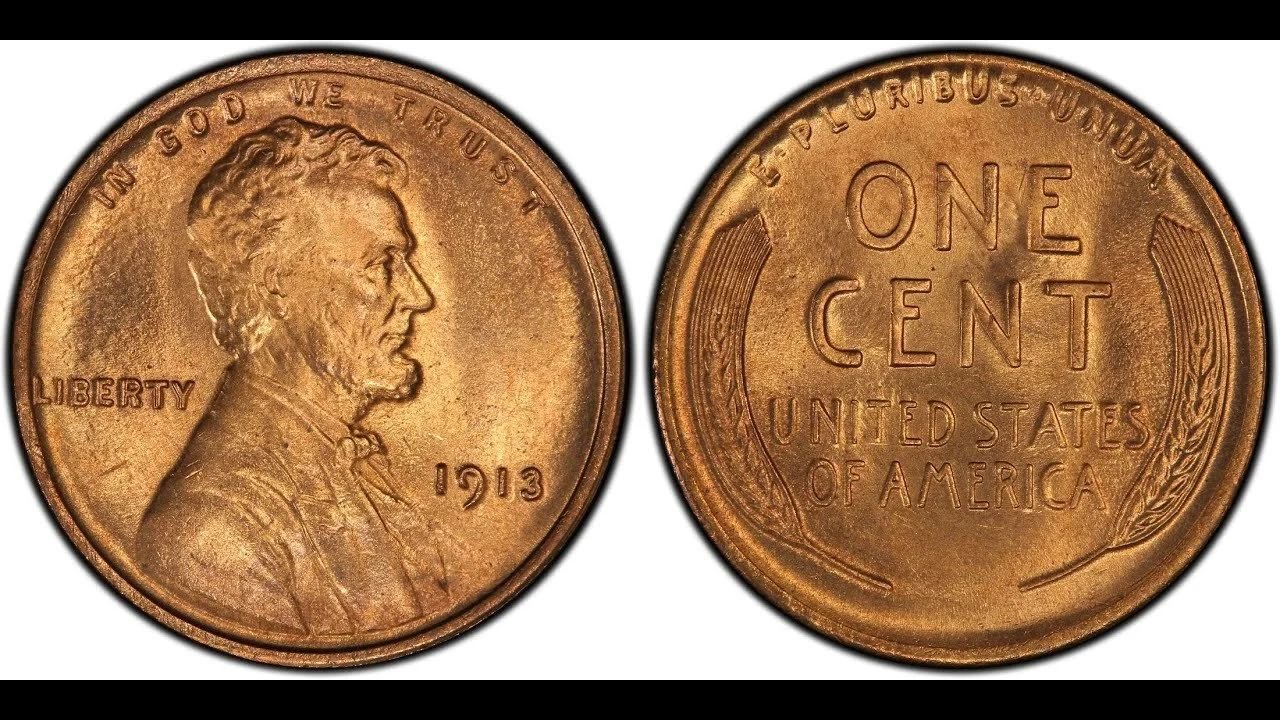It’s the kind of story that sounds too incredible to be true—yet it is. A Lincoln Wheat Penny, a coin most Americans overlook daily, has made headlines for being valued at a whopping $1.5 million. Even more shocking? This rare coin was found not in a museum or private collection, but in everyday circulation.
This astonishing discovery has reignited national interest in coin collecting and sparked a frenzy of change-checking across the country. Let’s explore why this specific Lincoln Wheat Penny is so valuable and how you might spot one hiding in your spare change.
A Penny from the Past: The Story Behind the Lincoln Wheat Penny
The Lincoln Wheat Penny was introduced in 1909 to honor the 100th anniversary of President Abraham Lincoln’s birth. Designed by Victor David Brenner, the penny was the first U.S. coin to feature a real person. It remained in production until 1958, and while many of these pennies are still in circulation, only a select few are worth more than a single cent.
Among the most valuable versions is the 1943 Lincoln Wheat Penny, which was never supposed to exist in copper.
A Rare Minting Error That Changed History
During World War II, copper was in short supply due to its use in ammunition and other military needs. In response, the U.S. Mint switched to making pennies from zinc-coated steel in 1943. However, a small number of copper planchets (the blank metal discs used for minting coins) from 1942 were mistakenly used in early 1943—resulting in the legendary 1943 copper Lincoln Wheat Penny.
Only fewer than 20 authentic copper versions are known to exist, making this one of the rarest and most valuable coins in American history.
How Was It Found?
In a twist worthy of a Hollywood film, this Lincoln Wheat Penny valued at $1.5 million was discovered by a Pennsylvania man while sorting through a jar of loose change. He noticed something different about the penny’s color—it didn’t match the silvery shine typical of 1943 steel cents.
After a magnet test confirmed it wasn’t made of steel (since copper is non-magnetic), he sent it to the Professional Coin Grading Service (PCGS). The penny was authenticated as an original 1943 copper cent minted in Philadelphia and valued at an astonishing $1.5 million.
Also Read – New Kia Carens – A Stylish 7-Seater MPV with SUV DNA and Hybrid Touch
What Makes This Lincoln Wheat Penny Worth $1.5 Million?
Several unique qualities contribute to this penny’s immense value:
- Minting Error: The U.S. Mint never intended to strike 1943 pennies in copper.
- Extreme Rarity: With fewer than 20 known to exist, it’s a numismatic unicorn.
- Historical Importance: Created during wartime, the penny represents a fascinating chapter in U.S. history.
- Circulation Mystery: It remained undetected in everyday use for more than 80 years.
- Collector Demand: With collectors worldwide hunting for rare coins, competition drives prices sky-high.
How to Spot a Rare 1943 Copper Lincoln Wheat Penny
Think you might have one of these ultra-valuable coins? Here’s how to check:
- Magnet Test: Steel cents stick to magnets. Copper pennies won’t.
- Color Check: Steel 1943 pennies are silvery; copper ones have a reddish-brown hue.
- Look for Mint Marks: Check under the date for “D” (Denver), “S” (San Francisco), or no mark (Philadelphia).
- Weigh It: Copper pennies weigh more (approx. 3.11 grams) than steel ones (2.7 grams).
If you find a 1943 penny that’s non-magnetic and has the right weight and color, you could be holding something truly extraordinary.
What to Do If You Think You’ve Found One
If you believe you’ve discovered a Lincoln Wheat Penny valued at $1.5 million, here’s what to do next:
- Do Not Clean It – Cleaning can damage the surface and decrease its value.
- Store It Safely – Use a soft cloth or coin holder to avoid further wear.
- Get It Authenticated – Send it to a trusted grading service like PCGS or NGC for evaluation.
- Compare with Verified Photos – Use reputable coin collector websites for comparison.
- Consult a Numismatist – Seek advice before attempting to sell or auction the coin.
Everyday Treasures Still Exist
What makes this story so fascinating is the idea that life-changing treasures still exist in everyday life. This coin wasn’t found buried in a collector’s vault—it was sitting in a jar of coins. And it’s not the only one. Experts believe other rare Lincoln Wheat Pennies may still be floating around in circulation, unnoticed.
Next time you receive change at a store, take a second to examine your pennies. That unassuming copper coin might just be your golden ticket.
Frequently Asked Questions: The $1.5M Lincoln Wheat Penny
Q1: Why is the 1943 Lincoln Wheat Penny worth so much?
Because it was never meant to be made in copper. A rare minting error, historical timing, and ultra-low supply make it incredibly valuable.
Q2: How do I tell if my penny is rare?
Use a magnet. Copper won’t stick, steel will. Also, look for the right color and mint mark.
Q3: Should I clean my coin before appraising it?
No. Cleaning can damage the coin and reduce its value. Always leave rare coins untouched.
Q4: Can I still find a valuable Lincoln Wheat Penny in circulation?
Yes, though extremely rare, some are still in everyday use. Always check your change!
Final Thoughts: More Than Just Spare Change
The Lincoln Wheat Penny valued at $1.5 million is more than just a coin—it’s a piece of living history and proof that priceless treasures can be hidden in plain sight. Whether you’re a seasoned collector or just curious about your pocket change, it’s worth taking a closer look.
That old penny you nearly overlooked? It might just be worth a million dollars.
Some Important Link
| Telegram Group | Click Here |
| WhatsApp Group | Click Here |
| Home Page | Click Here |
